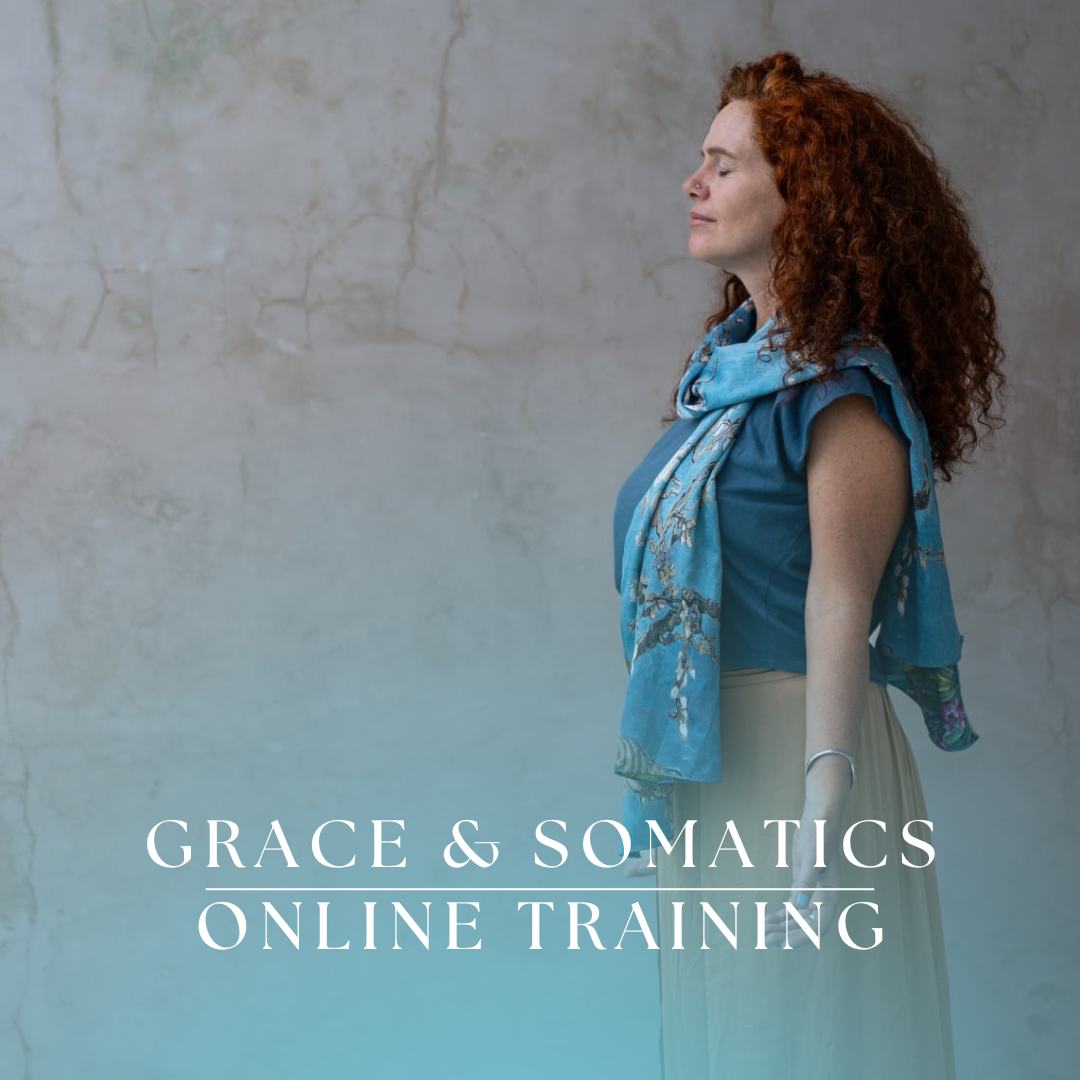Trauma Informed Life ~ 6 Week Training!
This training will take place on 6 Sundays, starting October 26th ~ November 30th, 2025, online from 7~9pm EST, and will help participants to understand the nature of trauma, how it is embedded in the body’s memory and nervous system reactions, how it affects behaviours, emotions, overall health, relationships, and begin to transform them. It will support you in identifying trauma related symptoms, ways to heal them somatically, while exploring ways of reconnecting with resilience and vitality, and the grace that lies beyond trauma. It will also help practitioners of various modalities to trauma~inform their practice, which is essential for any practitioner, as Trauma Expert Dr. Bessel Van der Kolk says, “One third of all disease has it’s origins in trauma.”
The training draws on the work of Dr. Peter Levine (Somatic Experiencing founder & Trauma Expert), Dr. Gabor Mate (MD & Trauma Expert), Dr. Stephen Porges (Psychologist & Neuroscientist), and Betsy Polatin (MFA, Somatic, Breath & Movement Specialist). It will also include an in-depth 30+ page workbook that you can download to be used throughout the course. Recordings of each class will be made available to all participants the day following the class. Both health practitioners and lay people are invited to join in exploring the following:
Schedule
Week 1: Connecting with the Body and Breath to Release Stuckness + Embracing Resources for Resilience
Week 2: What is Trauma, its Symptoms, Effects on the Autonomic Nervous System (ANS) + Fight, Flight, Freeze and Fawn (FFFF) and How to Work with them to Arrive back in Parasympathetic Social Engagement Mode
Week 3: What Somatic Experiencing tells us about our Natural Animal Behaviours, and how PolyVagal Theory, Strengthened Interoception and Integrating Body Memories Support Nervous System Regulation in Trauma Resolution
Week 4: Working with Somatic Practices & Mindful Movement to Integrate the primary Emotions: Fear, Anger, Shame, Grief/Sadness, Anxiety + Related Physical Pain to Support us and our Relationships
Week 5: The Role of Attachment and Co-regulation, Authenticity, Addiction and Adverse Childhood Experiences (ACE) in Trauma + Identifying and Integrating Intergenerational Trauma for Future Generations
Week 6: Trauma as a Portal to Deepening Spirituality through the Body for Embodied Presence + How to Avoid Spiritual Bypassing and other Spiritually Disorganizing Practices
Overview of Training Content
- What is trauma, it’s causes, symptoms and affects on the Autonomic Nervous System (ANS), e.g. Sympathetic & Parasympathetic (Fight, Flight, Fawn, Freeze & Rest & Digest), the Somatic Nervous System, as well as the Vagus Nerve
- Working with implicit body memories and related sensations by tracking thwarted fight, flight and freeze (FFFF) responses, and other somatic exercises to help to reset the stress physiology, while exploring the principles of Somatic Experiencing
- Bringing the Nervous System back to safety by strengthening interoception and self-regulation, to move beyond survival mode into greater connection with Self, others and our own creative self-expression
- Connecting with the breath to move out stuckness and rigidity in the diaphragms, muscles and tissues, using various breathing and somatic movement exercises (contained practices)
- Working with the somatic expression of emotion to help to move them through the body, including staying with our discomfort, and learning the benefits of practicing healthy aggression and/or boundary-setting to assert ourselves in life
- Exploring the relationship between attachment, co-regulation, authenticity, the ACE Score, pain and addiction, and chronic pain
- Identifying intergenerational trauma and cultivating ancestral resources to support its integration for greater freedom
- Trauma as a portal to deepening spirituality, and enhancing embodied presence; becoming familiar with meditations that include bodily sensations; also identifying spiritually disorganizing practices and characteristics of spiritual bypassing (dissociation) to help to avoid them and related harm
Please note that this course is a training and not therapy. Learning this material will support your own trauma integration journey and you are encouraged to practice the techniques learned in class outside of class to support your own personal healing. It has been designed to provide an overview of how trauma lives in our nervous systems, emotional, mental and spiritual bodies, and behavioural and relational expressions; to understand the underpinnings of our nervous systems and how we can begin to integrate their patterns and related symptoms through somatic techniques and understandings. There will be brief check-ins throughout the training to hear how it is affecting participants, as well as Q & A periods for any particular issues or cases not addressed in course content.

